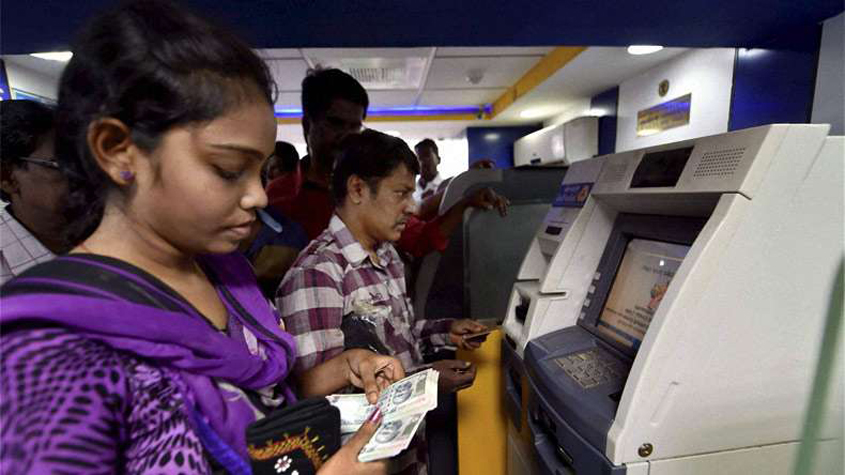“Till the time the limits on cash withdrawal are in place, there is a limited need per se for the entire quantum of deposits in the banks to be printed,” says Suvodeep Rakshit, Senior Economist with Kotak Institutional Equities. Regarding printing and bringing the entire quantum of deposits back into the system, “I think it would take the better part of January to complete the entire process and this is the most optimistic guess.” There are others who foresee the chances of this being stretched well into February which means that limits on cash withdrawal may well be extended albeit for a brief period of time. Besides the printing, the logistical issues of taking the printed notes to the various parts of the country have also slowed down the process of taking the new currency to its intended beneficiaries.
“Even if all the four mints are running at full capacity and are fully supported by a very efficient distribution channel, there will always be a time lag for taking the new currency to various parts of the country,” says Rakshit. Such a lag, says a private sector banker, may extend up to four days for rural parts and up to three days for urban centers.Analysts calculate that in addition to the Rs 4.6 lakh crore (of the new currency already injected into the system), if another Rs 5 lakh crore are brought back in the next one-and-a-half months, this (about Rs 10 lakh crore) would be enough to kickstart the cash part of the economy. Till then, a major contraction would be seen in retail trade, construction activities and other discretionary spends (eating outside etc), thus impacting the GDP growth quite perceptibly.

